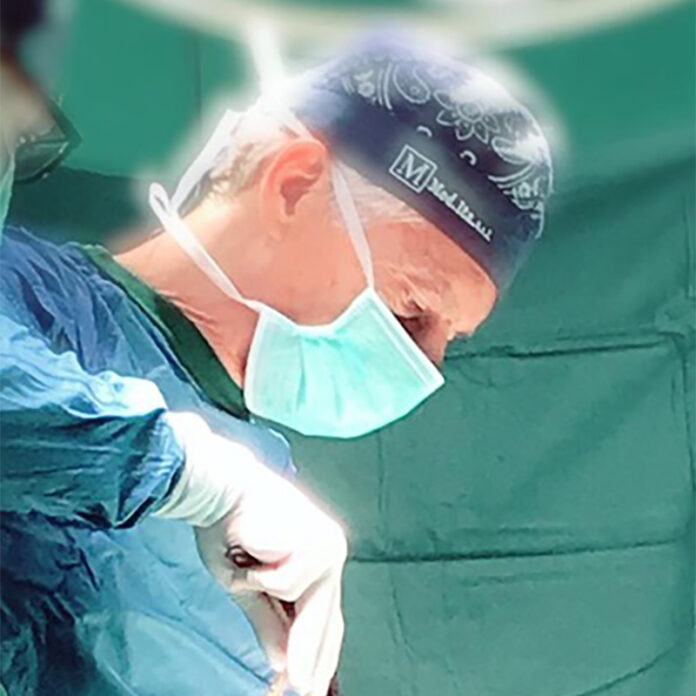Osteoporosis, a chronic disease characterized by alterations of the bone structure with consequent reduction of resistance to mechanical load and an increased risk of fractures, undoubtedly represents a disease of social importance: the World Health Organization estimates that in Italy they are affected 1 out of 3 women over 50 (about 5,000,000 people) and 1 out of 6 men over 65 (about 1,000,000 people) have this pathology.
Dr. Luca Serra, Spine Surgeon of the Pascale Institute of Naples and of the Israelite Hospital, explains the achievements in this field ….
by Roberta Imbimbo
Dr. Serra, what are the causes of osteoporosis?
As we age, the reduction of bone density is undoubtedly a natural process. However, when it decreases excessively, an osteoporotic picture is likely to arise: in this case the bones become increasingly porous and unstable and can fracture at the slightest stress. Due to the severe pain, people tend to assume an analgesic position and end up moving less and less, with the further consequence of painful muscle tension. The lack of movement causes a weakening of the muscles, resulting in instability and insecurity in walking. This insecurity in turn increases the risk of falls, creating a real vicious circle. The goal of any medical treatment is therefore to significantly slow down the decrease in bone mass, favoring its reconstruction, reducing pain and avoiding any bone fractures.
Vertebral fractures represent a serious social problem due to their frequency and the limitations to the autonomy of the person that the pain related to them can cause. Until a few years ago there was a tendency to immobilize the patient with very uncomfortable metal braces, to avoid worsening the situation. How are they treated today?
In recent years, advances in surgical techniques and increasingly sophisticated instruments have made it possible to treat many pathological conditions of the spine with minimally invasive operations, performed in day surgery or with very short hospitalizations. In the specific case of osteoporotic fractures, modern vertebroplasty allows the spine to be secured by avoiding the need for metal braces, immobilization and at the same time ensuring the disappearance of painful symptoms. The operation is performed under local anesthesia through a percutaneous incision so small that it does not require sutures: using a small needle and under radioscopic guidance, acrylic cement (polymethylmethacrylate) is inserted which solidifies inside a fractured vertebral body in order to consolidate it and strengthen its structure. This makes it unnecessary to use a corset after surgery.
What advantages does this method offer to patients?
The benefits are significant: smaller incisions, less post-operative pain, less blood loss, shorter hospital stay resulting in reduced social costs, fewer pain control drugs and a much faster resumption of work and health activities. everyday life.
In conclusion, for which pathologies of the spine can minimally invasive surgery be applied?
In almost all the most frequent morbid conditions: herniated discs, fractures, stenosis of the canal, instability, spondylolisthesis and tumors. In case of herniated disc, for example, among the many possibilities among which the surgeon can choose, percutaneous discectomy is certainly one of the best techniques available today. With an adequate selection of cases to be treated, this procedure, in fact, is effective in 80% of cases, with the immediate disappearance or significant reduction of painful symptoms.























































